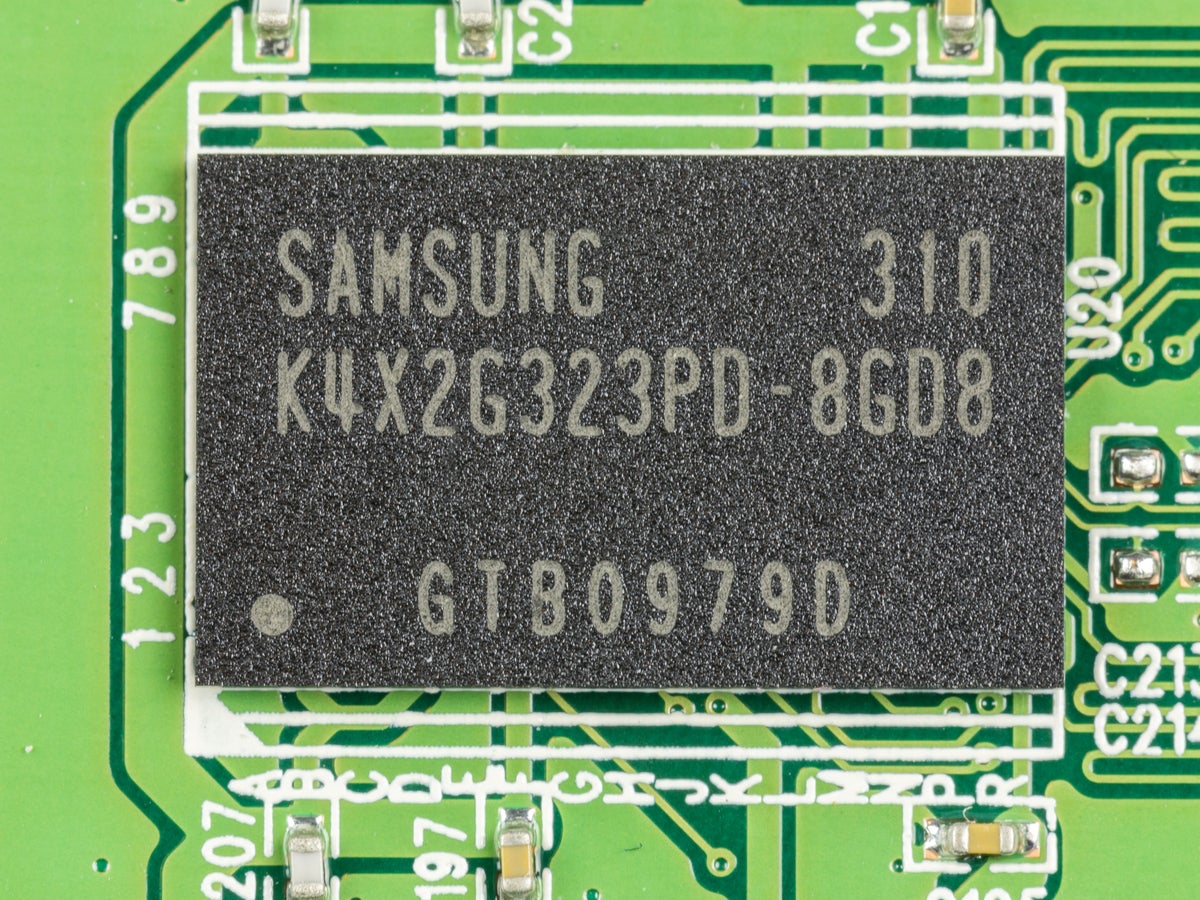Why don’t more laptops have upgradable RAM? | Ask an expert
Q: Why is soldered RAM so common in laptops? It seems very unfriendly to buyers. To get the amount of memory I want, my options are limited to extremely expensive gaming laptops—but I only need the specs of a mid-range laptop.
A: Replaceable SODIMM modules make uncommon memory configurations in the budget and mid-range feasible, for sure. But your description suggests you’re looking at ultraportable laptops, which is the likely reason you’re striking out in your quest for replaceable RAM.
Thin-and-light laptops tend to use low-power DDR4 (aka LPDDR4) RAM, which is a type that requires soldering. Why choose it over the SODIMM variety? Beyond the direct benefit to battery life, LPDDR4 also has the advantage of taking up less space—and not just in height. The room gained by using soldered memory helps keep the laptop slim and can be put toward other purposes, like cooling or a bigger battery.
These benefits likely take precedence for manufacturers compared to enabling user-serviceable RAM. Most vendors keep data on what people buy, and more often than not, consumers accept soldered RAM because they’re more interested in a compact PC that stays cool and lasts a long time between charges. In fact, most folks don’t even think about the possibility of upgrading memory until someone like you or I come along and ask about it. (You know, this conversation: “Should I replace my laptop? It gets slow when I open too many browser tabs.” “Well, can you upgrade the RAM? Find that out first.”)
 Raimond Spekking / CC BY-SA 4.0 (via Wikimedia Commons)
Raimond Spekking / CC BY-SA 4.0 (via Wikimedia Commons)Soldered RAM has benefits that can outweigh that of allowing users to upgrade RAM after purchase.
Moreover, like cars, laptop manufacturers design each model with a target audience in mind. A budget audience, for instance, is more likely to favor upgradability as a feature over longer battery life or a skinny machine, as they can’t afford to max out every spec from the get go. Thus, you’re more likely to find user-replaceable memory in these machines.
Moving up the stack, the emphasis shifts to a more portable, longer-lasting laptop. But it’s also incongruous to pair a mid-tier system (think Core i5 or Ryzen 7) with, say, 64GB of RAM. Very few people shopping for laptops in this range would make use of that much memory. As one staffer put it, most people don’t buy a Toyota Corolla or even Toyota Camry expecting premium Italian leather seats.
But in the high-end, extremes rule—configurations with 64GB or 128GB RAM are common. (After all, who wants to see a Core i9 processor and an RTX 3080 shackled to only 16GB of memory?) Add to that the current environment, where crypto-miners have begun buying up laptops to further their efforts, and vendors have even more incentive to pile on the bells and whistles to discourage such opportunistic purchasing. Which unfortunately puts you on the outs.
That said, you can find mid-range(ish) laptops with modules that are user replaceable, like the Dell XPS 15 and Lenovo Legion 5i. You may have to make trade-offs—perhaps the system won’t run as long on battery, or it’ll be chunkier, or you’ll still be paying for a better discrete graphics card than you really wanted—but they’re out there. And they won’t cost as much as a fully loaded RTX 3080 desktop replacement.
For all the latest Technology News Click Here
For the latest news and updates, follow us on Google News.

